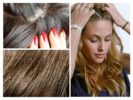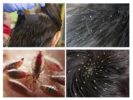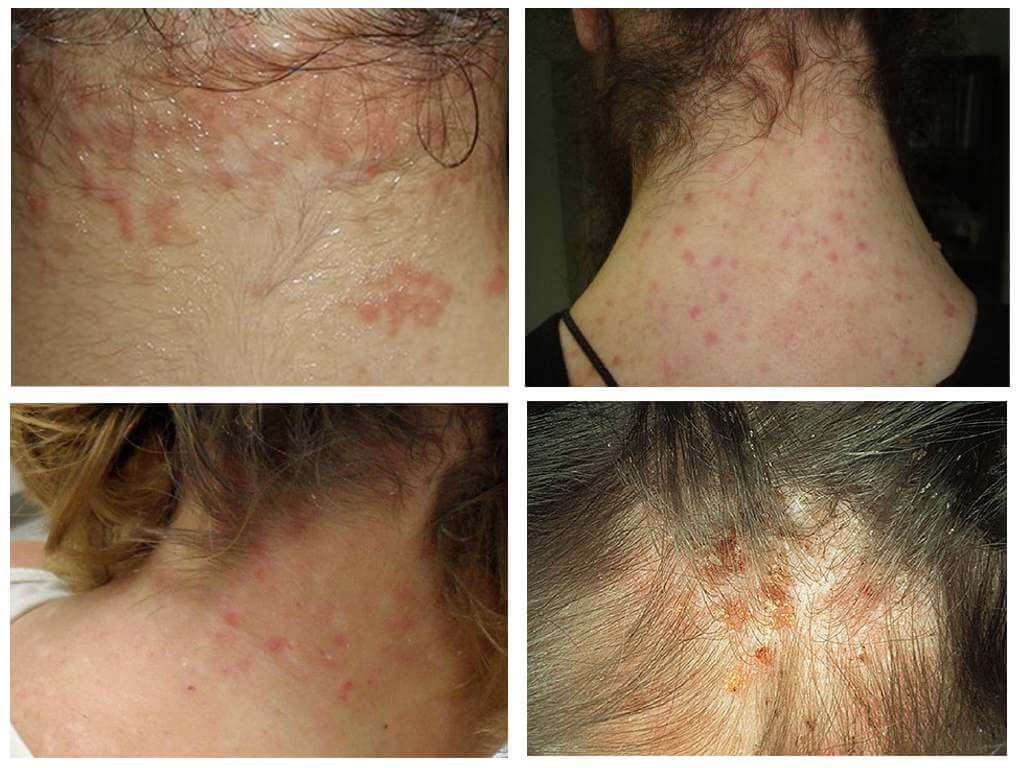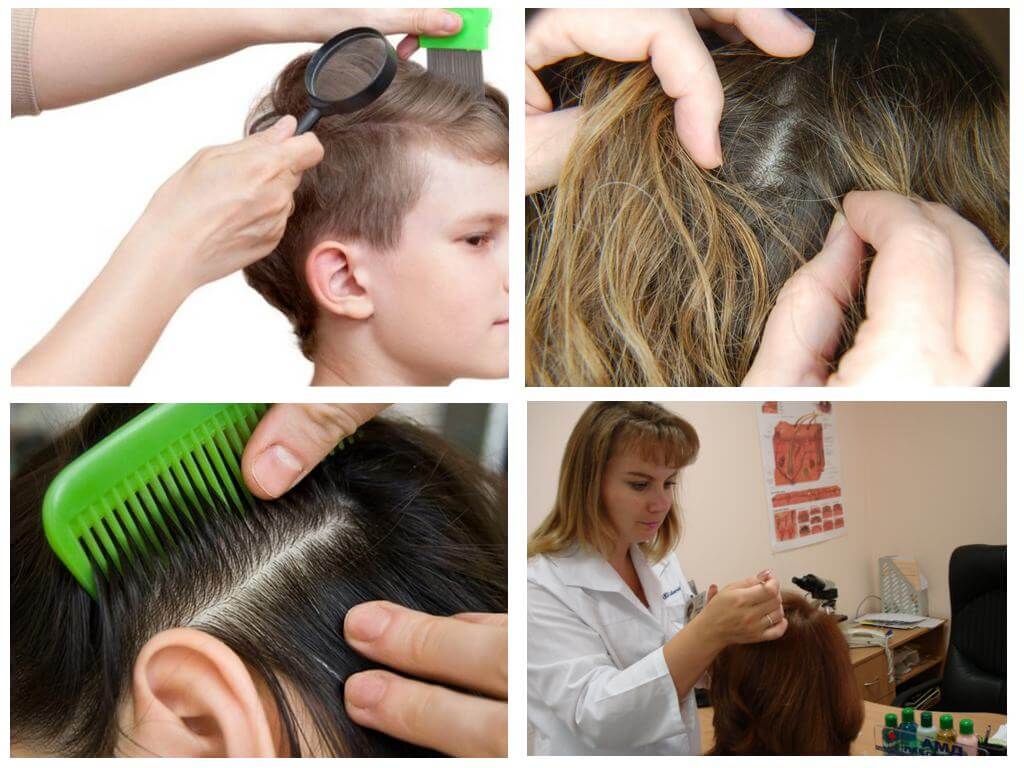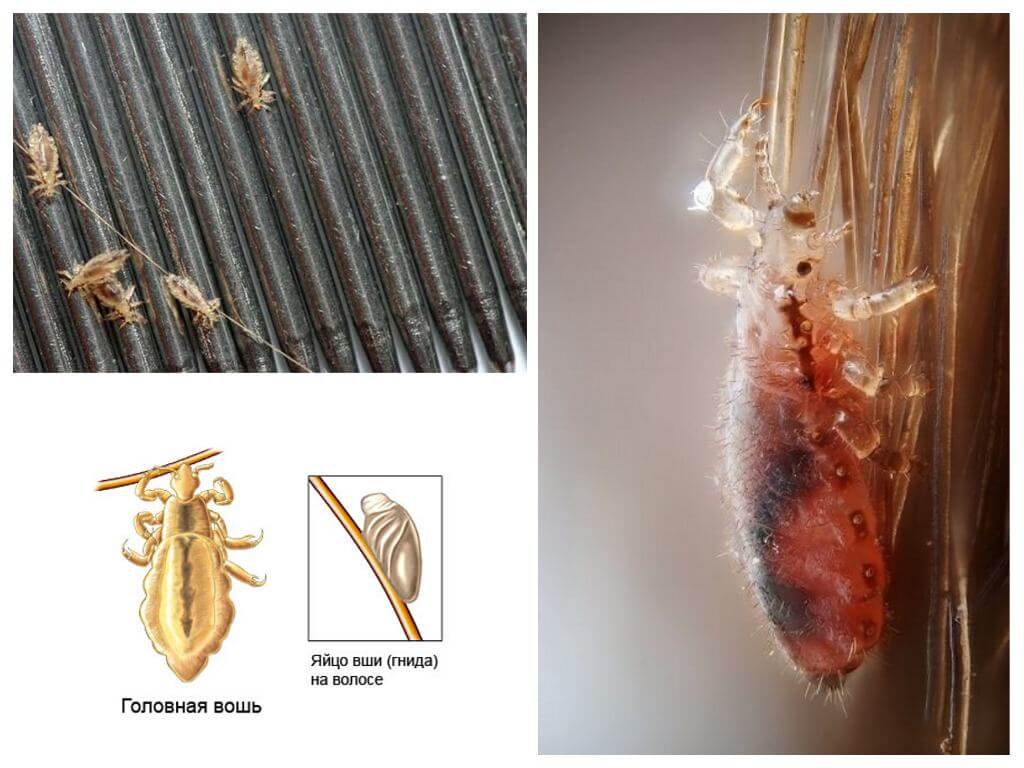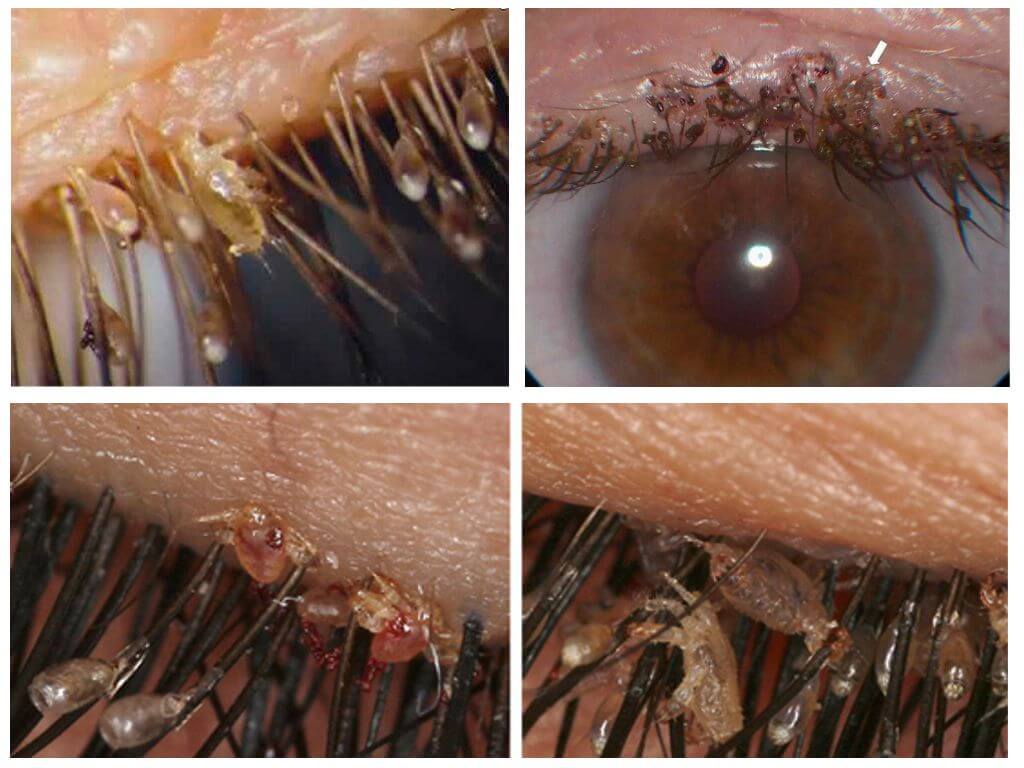- Nits or Dandruff
- Pediculosis difference
The head itches, hair looks messy in the presence of light grains. A person has several assumptions at once - dandruff, nits. Diseases are not interconnected, have different causes of development. The methods of struggle are also different. How to distinguish dandruff from nits, what tools to use.
The concept of dandruff
The syndrome, described in medicine, as increased exfoliation of particles of the scalp over a long period of time. The pathological condition is caused by a violation of the processes of desquamation of the upper stratum corneum of the head, due to improper operation of the sebaceous glands.
Scales of various shapes cover the hair along the entire length, but most accumulate in the upper part. They are especially clearly visible on dark curls. The head is dotted with small particles that fall off easily when combed and touched by hands.
Pathology is not contagious, unless it is caused by the multiplication of pathogens. Some serious dermatological diseases are accompanied by dandruff, transmitted through exfoliated scales of the scalp.
On a note!
Dandruff occurs on dry skin due to a lack of natural fat. It is accompanied by itching, a feeling of tightness of the scalp, dry hair, split ends. On oily cover due to excessive secretion of fat, reproduction of microorganisms. Hair becomes oily 2 hours after shampooing, sticking together, looking scruffy.
Who are nits
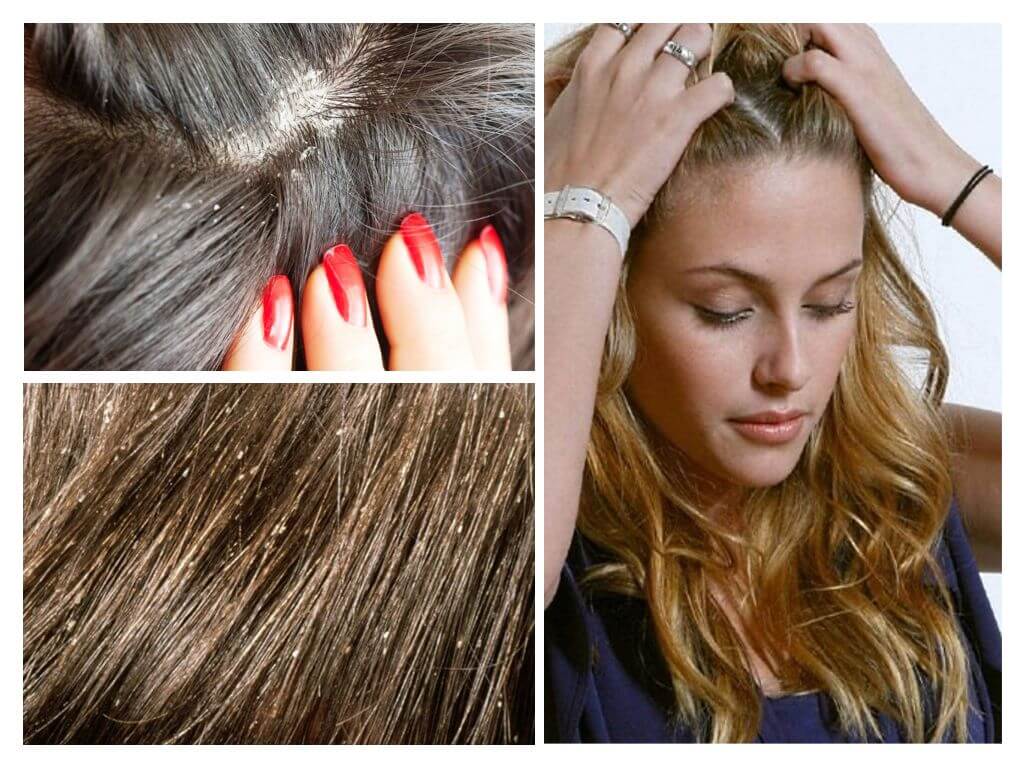
Pediculosis spread lice. Small insects with a body length of not more than 4 mm. The disease develops rapidly, thanks to its natural physiological ability - rapid breeding parasites. Every day, a louse lays about 4 eggs called nits.
Eggs about 1 mm in size have an oblong shape, white-gray color. They are attached to the hair on the head with a special sticky substance. Under the influence of oxygen, it quickly hardens, providing nits with a reliable fixation. Initially located at a distance of 1 cm from the roots. As the hair grows, they appear on different parts of the head. What do nits and lice look like on the headdemonstrates a photo.
On a note!
You can see the structure of nits only under a microscope, using a magnifying glass. Oblong shape with a cap at the base. Dark formations inside are larvae. Larvae develop for about 14 days. They bite through the lid, get out. The shell remains on the hair.
Location differences
Dandruff and lice cause identical symptoms - severe itching. In the first case, it is enough to scratch slightly to get rid of the unpleasant sensation, in the second - tear to blood. But the main pediculosis symptom is only the presence of live lice and their eggs on the head.
Lice or dandruff can be identified by the location of white particles on the head.
- Insects lay eggs in the warmest places on the head - the back of the head, whiskey, and forehead. When pediculosis is detected, these parts of the head begin to be examined. Because hair grows every day, nits are located 1-4 cm from the roots. The location of the lice eggs depends on how long the parasites are on the head.
- Dandruff exfoliates during combing, touching the scalp with hands. Most of the scales are located in the upper part - on the top of the head. Gradually, the particles slide.Over time, they even find themselves on their shoulders.
Since lice can crawl over the entire surface of the head, they can also be confused with larger flakes of exfoliated skin. How to distinguish dandruff from lice in this case - only in appearance.
You can clearly see the picture in the photo of dandruff and lice.
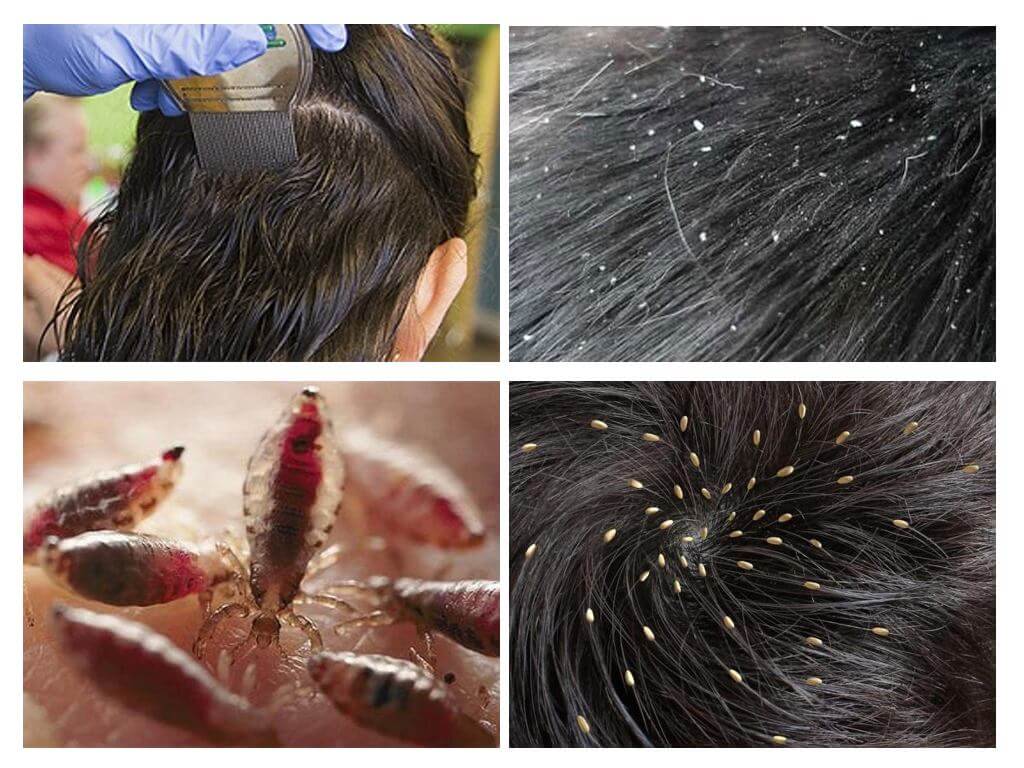
Nits or Dandruff - How to Distinguish
To carefully examine the head and hair, you need to choose a well-lit place, arm yourself with a magnifying glass, a comb with small teeth. Determining the cause requires good vision.
What is the difference between dandruff and nits:
- Lice eggs are always the same size - up to 1 mm in length. Flakes can reach 5 mm. Exfoliate unevenly, formed in different sizes.
- Nits with live larvae of lice inside are white with gray stains. The shell of the egg is translucent, you can notice the presence of a creature inside. Always rounded. Empty nits change color from yellow to gray, flat. Dandruff is always white, uneven bulge.
- You can find out by sound. When pressing on a live nits, a click is heard. Exfoliated scalp does not make any sounds.
- You can distinguish dandruff from nits by quantity. The skin always exfoliates intensely. There are a lot of particles on the hair. The number of eggs is increasing every day. Only with severe infection, the strands are dotted with nits along the entire length.
- The scales are easily shaken off, it is enough to touch lightly with your hand or comb. Nits are not washed off with soap and water, are not cleaned with an ordinary comb. To tear off nails with hair, you need to make an effort.
It is not difficult to distinguish lice from dandruff. You can recognize by location, appearance. It is enough to take a little time, arm yourself with the necessary tools. Examine white grains with a magnifying glass. For a good example, a photograph.
